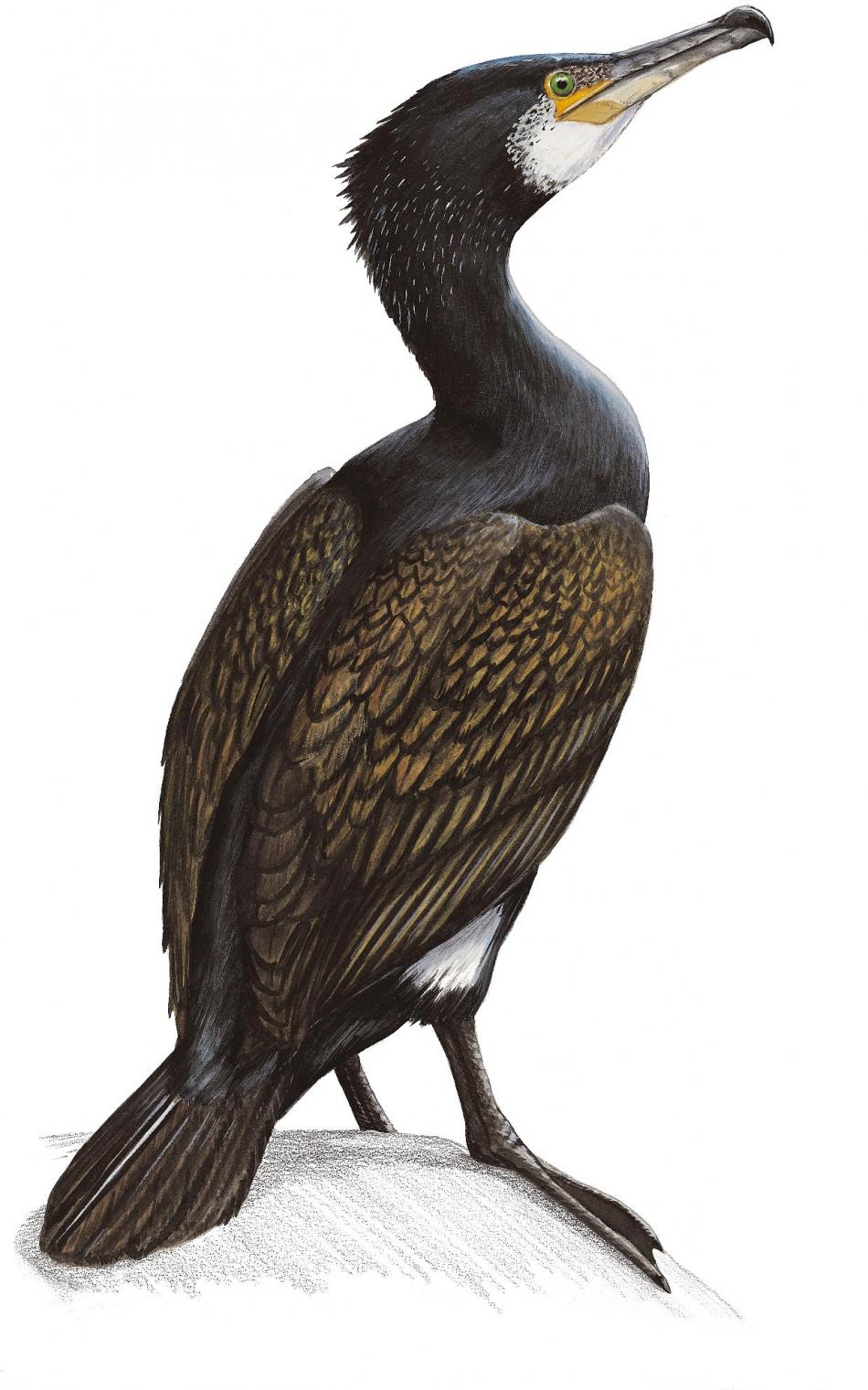Image

We usually observe cormorants on seawalls or at the islands we visit to see the puffins. Sometimes you see them with their wings spread out. They do this because they need to dry their wings before flying, as they have no waterproofing oils like most seabirds. They have also been known to swallow stones to allow them to dive deeper and also help them to grind food in their stomachs. We see the majority of cormorants in the winter.
| Average Length: | 90 cm |
| Average Weight: | 2.5 kg Males, 2.1 kg Females |
| Wingspan: | 145 cm |
| Diet: | Fish |
| Est. population around Iceland: | ~ 3,200 pairs |
| Residence Period: | All year round |
| Nesting habitat: | Large lakes and coastal |
| Nesting Period: | Mid March to Late June |
| Clutch size (No eggs): | 3-4 |
| Incubation time (days): | 28-31 |
| Fledging time: | 48-52 |
| Typical life span (years): | 11 |
| Age at first breeding (years): | 3 |
| IUCN world Status: | Least concern |
| Major Threats: | Climate change, predation, hunted to utilize and reduce numbers around fish farms, pollution, entanglement in fishing gear, viruses, wind farm disturbance |
| Other Names: | Dílaskarfur, Skarv, Merimetso, Kormoran, Marangone, Kormoranzwyczajny, Cormorángrande, Aalscholver, Grand Cormoran, Kárókatona, Storskarv, Corvo-marinho-de-faces-brancas |




